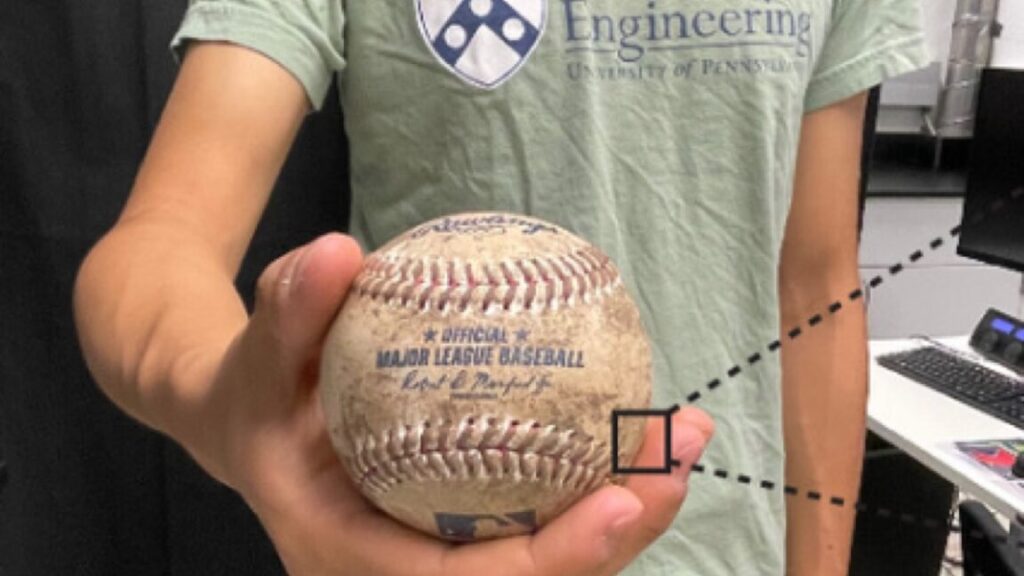What makes baseball’s “magic mud” so special?

Since the 1940s, baseball players have been spreading a special kind of “magic mud” on new baseballs to reduce the slick, glossy shine and give pitchers a firmer grip. Now, scientists at the University of Pennsylvania have identified just what gives that magic mud its special properties, according to a new paper published in the Proceedings of the National Academy of Sciences.
Before magic mud came along, baseballs were treated with a mix of water and soil from the infield or, alternatively, tobacco juice or shoe polish. But these substances stained and scratched up the ball’s leather surface. Lena Blackburne was a third-base coach for the Philadelphia Athletics in the 1930s when an umpire complained about that, so he hunted for a better mud. Blackburne found that mud in a still-secret location purportedly near Palmyra, New Jersey, and a baseball dynasty was born: Lena Blackburne Baseball Rubbing Mud. Once harvested, the mud is strained, skimmed of excess water, rinsed with tap water, and then subjected to a secret “proprietary treatment” before being allowed to settle.
Yet there hasn’t been much scientific research on the magic mud apart from one 2022 study. We do know quite a bit about the complex behavior of soil in general, including mud. Per the authors, mud is essentially “a dense suspension of predominantly clay and silt particles in water,” sometimes with a bit of sand in the mix, although this has little effect on how mud behaves under shearing forces (rheology). Technically, it falls into the non-Newtonian fluid category, in which the viscosity changes (either thickening or thinning) in response to an applied strain or shearing force, thereby straddling the boundary between liquid and solid behavior.




